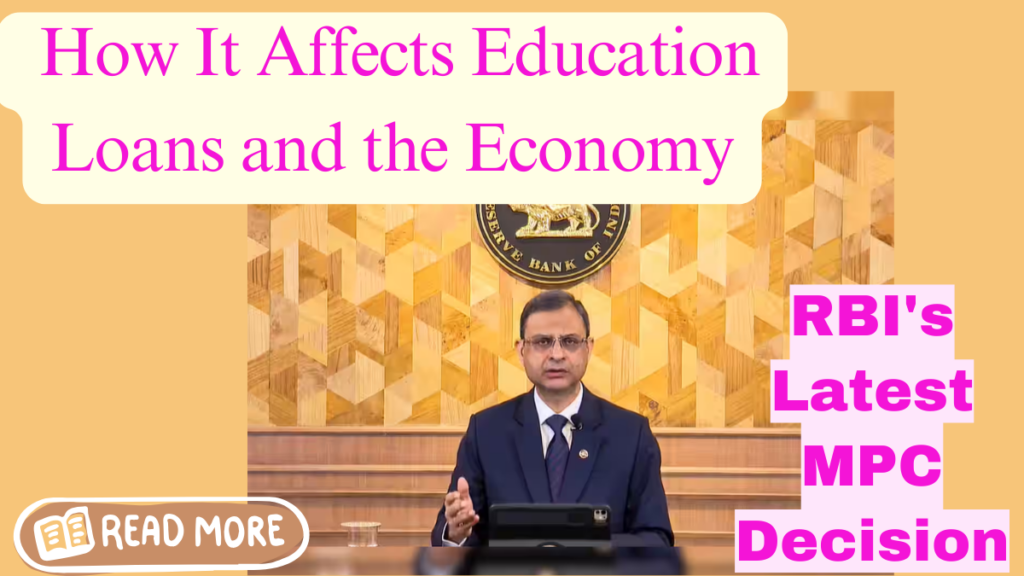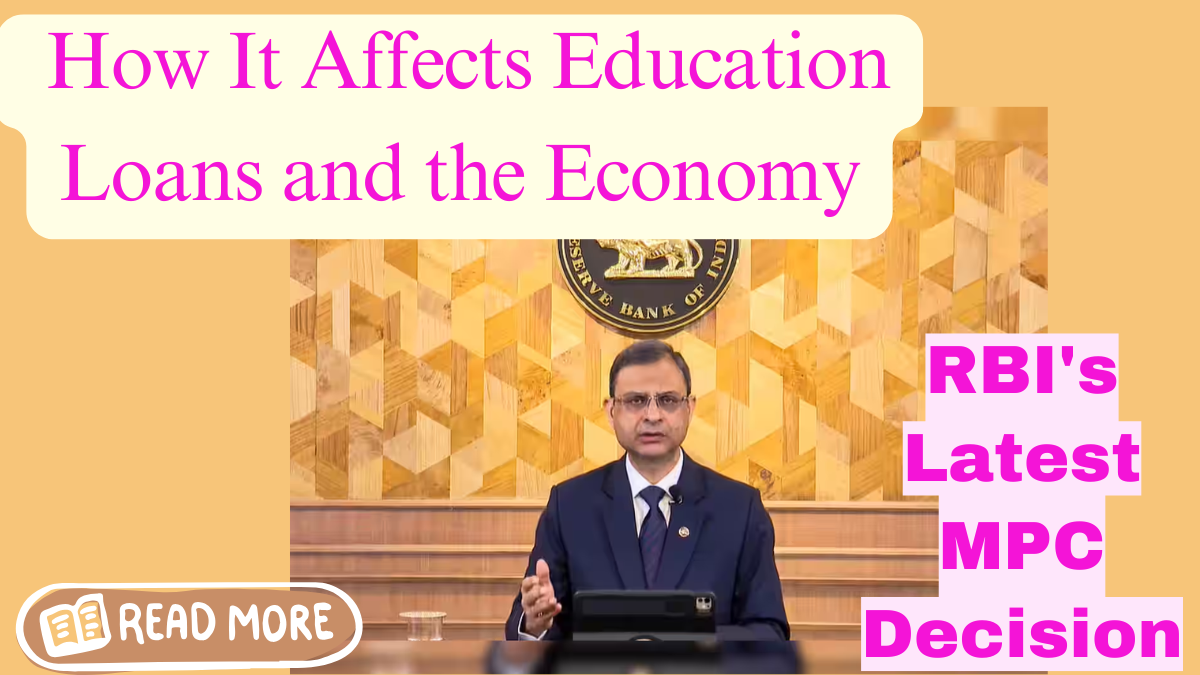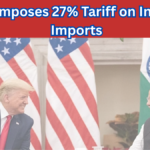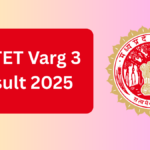The Reserve Bank of India (RBI) conducts regular Monetary Policy Committee (MPC) meetings to review and set key interest rates, including the repo rate, which directly impacts the economy, including loans such as education loans.

Repo Rate Decision:
The RBI’s decision regarding the repo rate is crucial because it influences the cost of borrowing. In the latest MPC meeting, the central bank kept the repo rate unchanged at [insert rate]%, signaling a commitment to economic stability amid ongoing concerns about inflation and growth.
Impact on Education Loans:
The repo rate plays a significant role in determining interest rates for various loans, including education loans. Since banks generally link their lending rates to the repo rate, a change in the RBI’s rate can impact the interest rates on education loans. If the RBI decides to raise the repo rate, education loan interest rates are likely to increase, making borrowing more expensive for students. On the other hand, a reduction in the repo rate could result in lower interest rates, making education loans more affordable for students and their families.
Impact on the Economy:
The repo rate also directly affects the broader economy. A high repo rate can curb inflation by making borrowing more expensive, reducing spending, and slowing down economic growth. However, it can also dampen investment and consumer spending. Conversely, a lower repo rate stimulates economic activity by making borrowing cheaper, encouraging investment, and boosting consumption, but it may lead to inflation if not managed carefully.
Conclusion
The outcome of the RBI MPC meeting will have a significant influence on the economy and the financial landscape, especially concerning education loans. Students and parents seeking loans for higher education should stay informed about any changes to interest rates following the RBI’s decision.
Pari is a passionate writer known for captivating stories that blend imagination and reality. Inspired by travel, history, and everyday moments, Pari crafts narratives that resonate deeply with readers.



